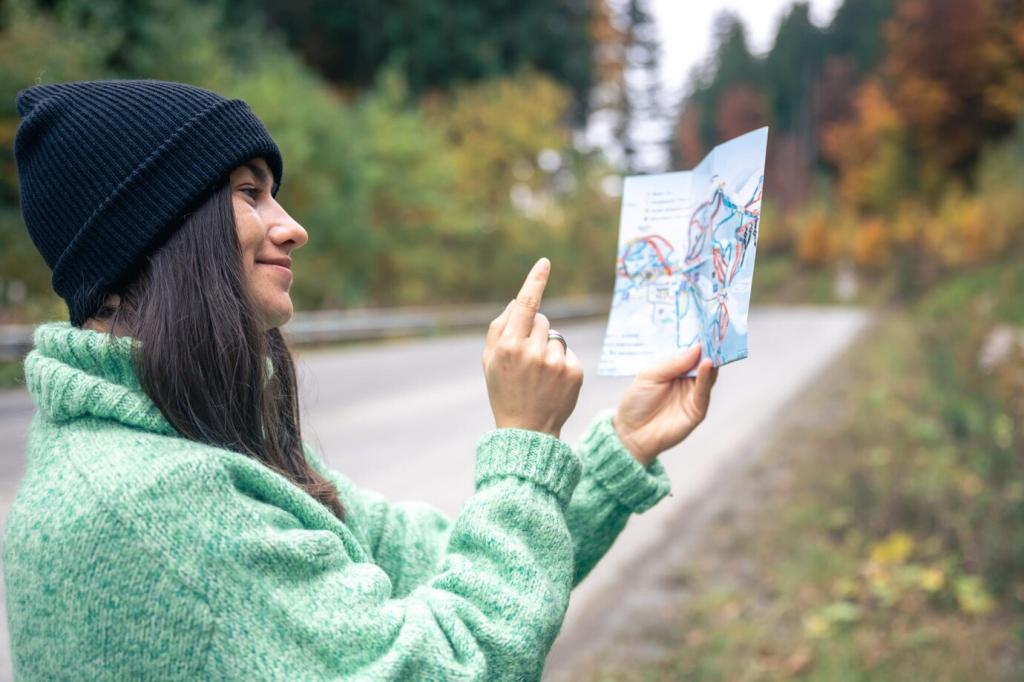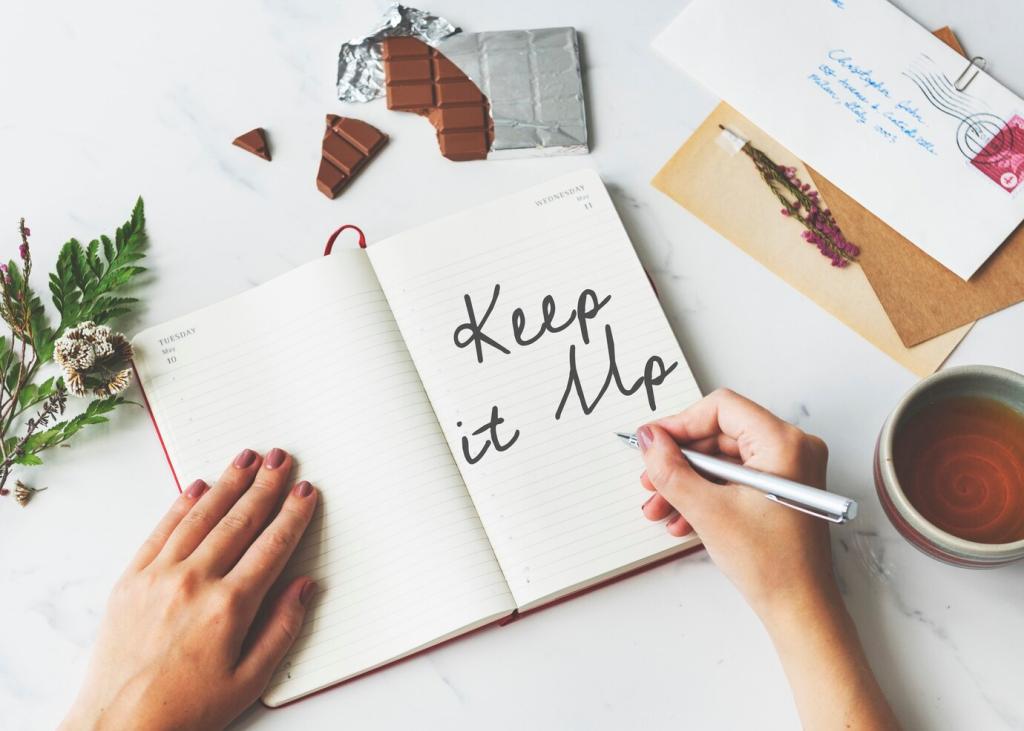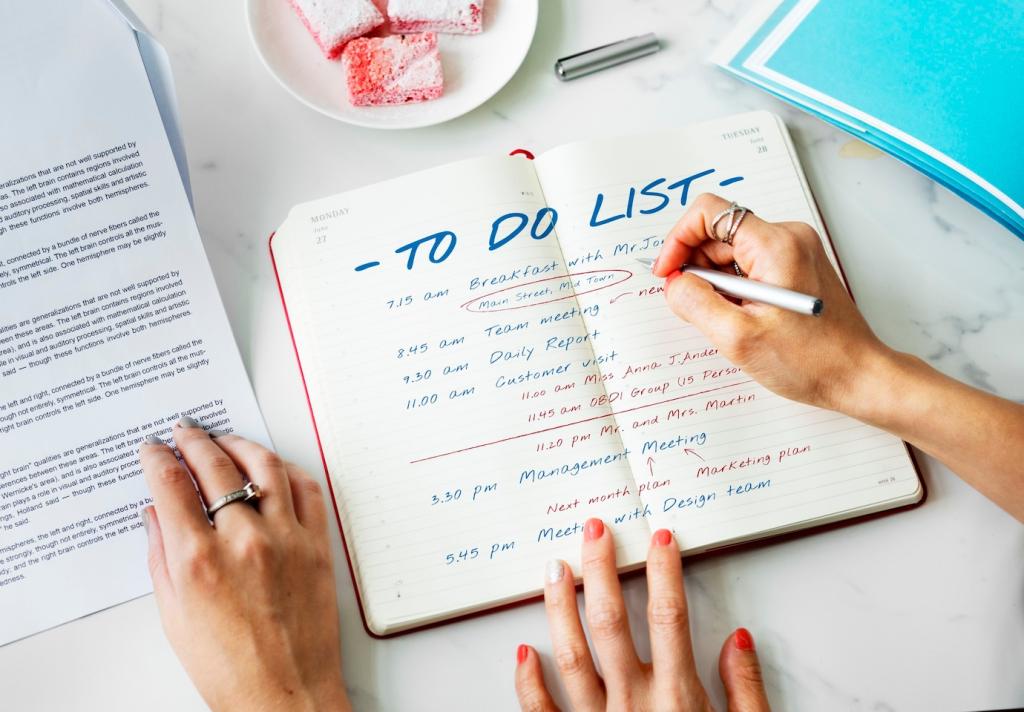Safety and Setup: Prepare Like a Pro
Collect jack stands, a hydraulic jack, lug wrench, torque wrench, C-clamp or piston tool, new pads, brake grease, brake cleaner, wire brush, gloves, and eye protection. Verify pad fitment using your vehicle’s year, make, model, and VIN. Comment with your favorite tool additions for this guide.
Safety and Setup: Prepare Like a Pro
Park on level ground, engage wheel chocks, and always support the vehicle with quality jack stands—never the jack alone. Work in a ventilated area, avoid breathing dust, and wear a mask if needed. Subscribe to grab our pre-drive safety checklist tailored to brake pad changes.
Safety and Setup: Prepare Like a Pro
Crack lug nuts loose before lifting the vehicle. Take quick photos of the caliper, clips, and pad orientation to guide reassembly. Check the brake fluid reservoir level; front pad work usually requires the parking brake off. What pre-checks do you swear by? Share them below.
Safety and Setup: Prepare Like a Pro
Lorem ipsum dolor sit amet, consectetur adipiscing elit. Ut elit tellus, luctus nec ullamcorper mattis, pulvinar dapibus leo.







